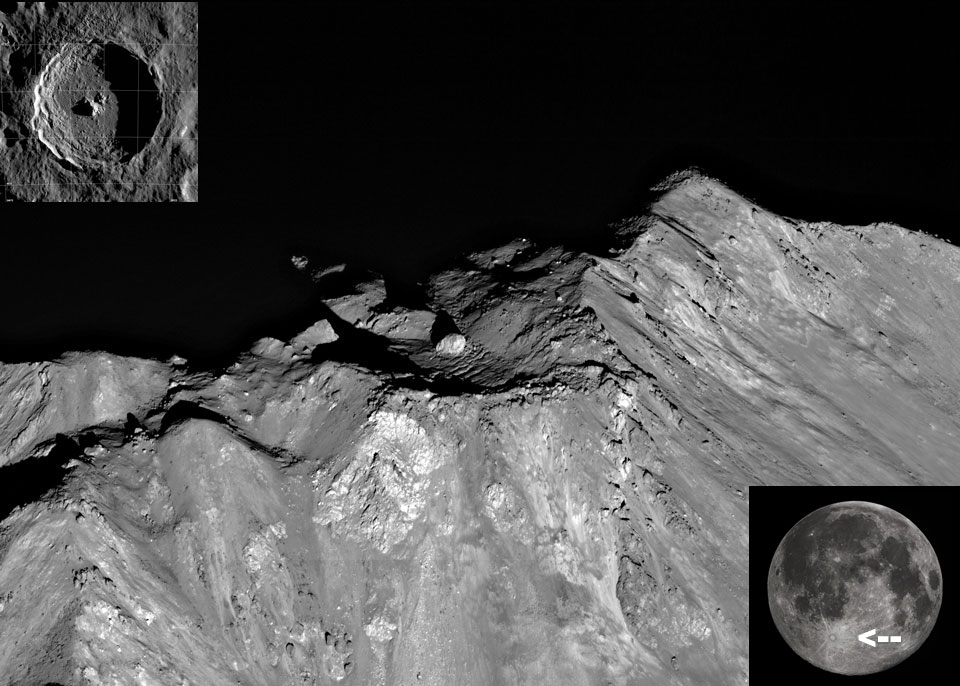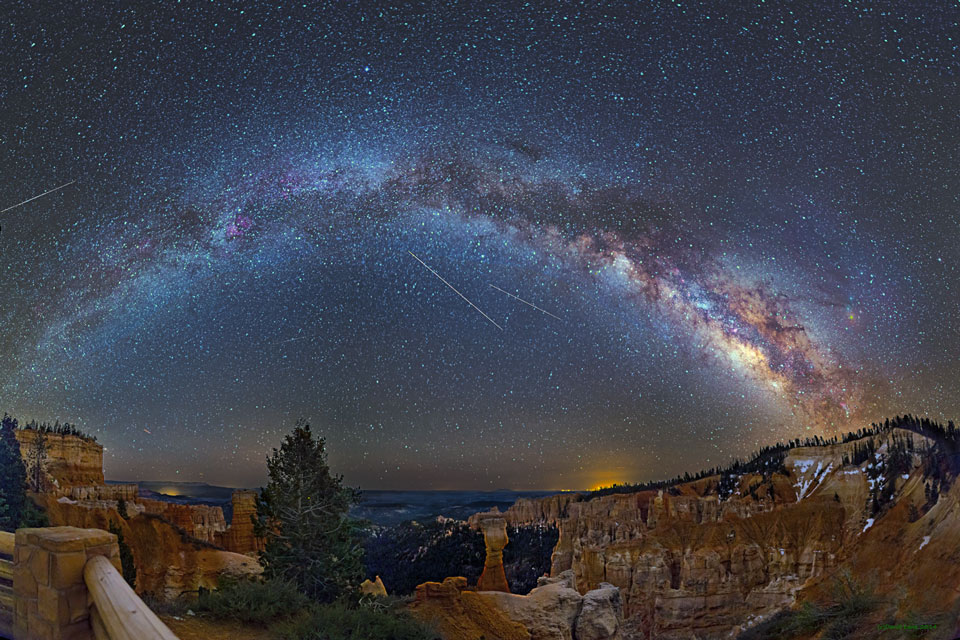
The Unusual Boulder at Tychos Peak




NASA’s Mars Interior Exploration using Seismic Investigations, Geodesy and Heat Transport (InSight) mission is on a 300-million-mile trip to Mars to study for the first time what lies deep beneath the surface of the Red Planet.
from NASA https://ift.tt/2rmq1NO
via IFTTT![]()

NASA’s Mars Interior Exploration using Seismic Investigations, Geodesy and Heat Transport (InSight) mission is on a 300-million-mile trip to Mars to study for the first time what lies deep beneath the surface of the Red Planet.
from NASA https://ift.tt/2rmq1NO
via IFTTT![]()

NASA’s Mars Interior Exploration using Seismic Investigations, Geodesy and Heat Transport (InSight) mission is on a 300-million-mile trip to Mars to study for the first time what lies deep beneath the surface of the Red Planet.
from NASA https://ift.tt/2rmq1NO
via IFTTT![]()

NASA’s Mars Interior Exploration using Seismic Investigations, Geodesy and Heat Transport (InSight) mission is on a 300-million-mile trip to Mars to study for the first time what lies deep beneath the surface of the Red Planet.
from NASA https://ift.tt/2rmq1NO
via IFTTT![]()